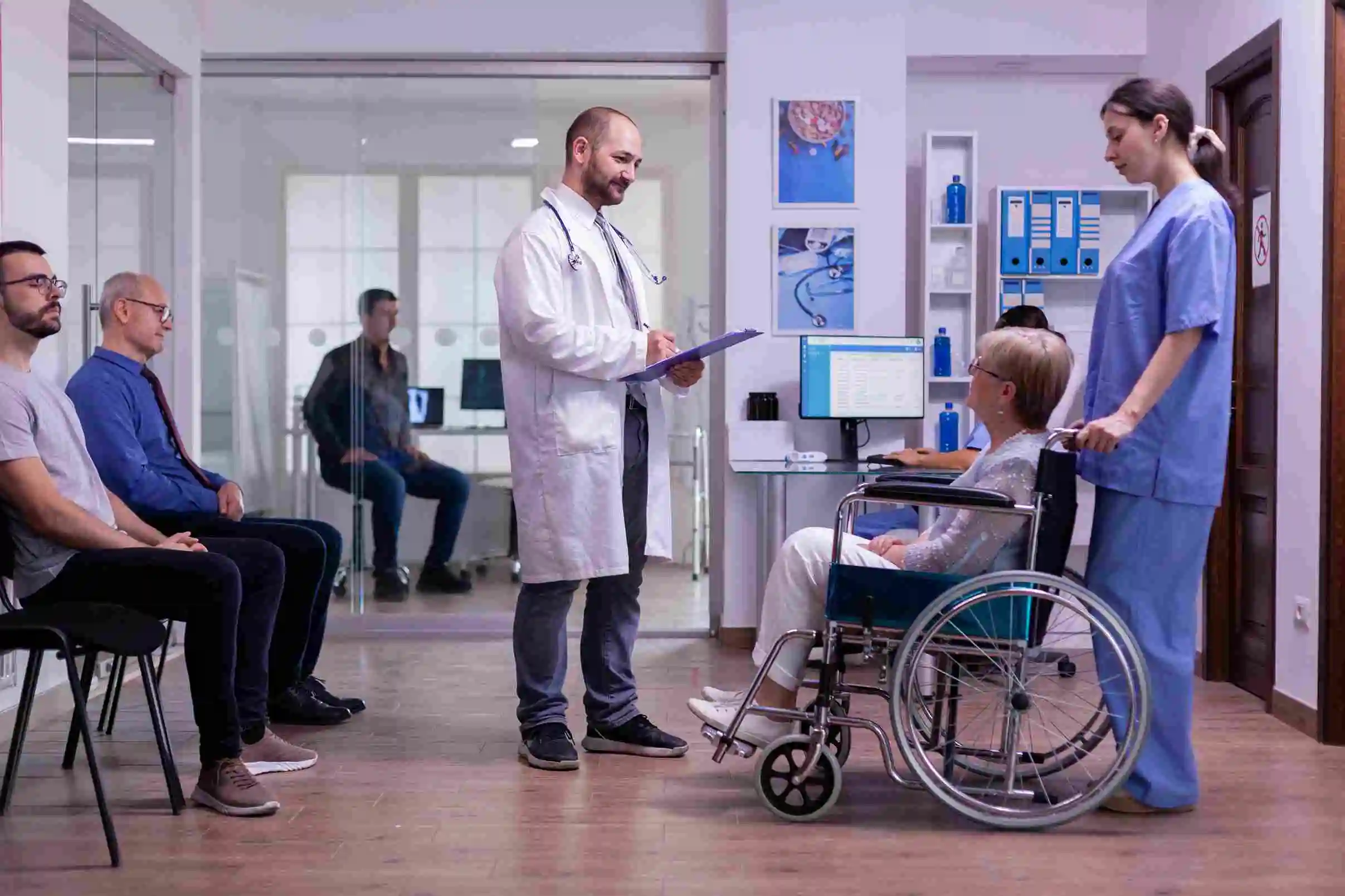Healthcare has always revolved around the patient, but the definition of what makes good patient care has undergone significant change. Modern healthcare has evolved greatly from only treating physical ailments to addressing individuals’ emotional, psychological, and social well-being. Patient support has come a long way, due to advancements in technology, infrastructure, and a greater knowledge of human behavior, making the healthcare experience more responsive and empathetic than ever before.
Integration of Technology in Patient Care
One of the most significant advances in patient support has been the incorporation of technology into routine medical procedures. The capacity to organize and keep track of patient information in real-time, from digital health records to telemedicine platforms, has made it possible for care to be more accurate and tailored to each person. Patients don’t have to wait anymore; they can get test results, follow-up appointments, and even consultations from home. This digital change has also made it easier for healthcare providers and patients to talk to each other, which has cut down on mistakes and made everyone happier. Medical staff can now spend more time with patients instead of doing paperwork, which makes medical visits more comfortable and supportive.
Transforming Healthcare Environments
Modern healthcare institutions have made big changes to their physical architecture to make patients more comfortable and less stressed. More and more, cold, sterile workplaces are being replaced with warm, welcoming areas that show a more human-centered approach. Lighting, room layout, colors, and even art are all important parts of making a healing space. The fact that the physical environment has a direct effect on a patient’s recovery and mental health is considered while designing comfortable waiting spaces, private patient rooms, and quiet zones. Such well-thought-out designs help ease the worry and anxiety that frequently come with going to the doctor, making the whole experience much more enjoyable and reassuring for patients and their families.
Addressing Emotional and Psychological Needs
The focus on emotional and psychological care is another revolutionary element in the development of patient care. Today’s healthcare professionals understand that mental and emotional wellness is closely linked to physical health. Counseling, therapy, mindfulness programs, and emotional coaching are now all part of patient care strategies. This all-encompassing approach makes sure that people feel seen, heard, and appreciated during their whole treatment. Patients with long-term or short-term illnesses can talk about their worries and get support and direction, which makes the healing process more effective and complete.
Enhancing Communication and Trust
Communication plays an extremely important part in patient support. Good communication builds trust and openness between patients and doctors, which leads to better patient outcomes and better adherence to treatment programs. Medical personnel are now taught not only how to do their jobs but also how to talk to people in a way that shows they care about them and understand their culture. Such training helps professionals better grasp each person’s specific needs and wants. Patients can better understand complicated medical information, feel in charge of their health, and work better with their care team when they communicate clearly and kindly.
Specialized Care Facilities and Accessibility
In recent years, specialized care facilities have emerged as vital extensions of hospital services, offering focused, comfortable environments for certain therapies. Patients requiring long-term infusions or specialized treatments can now choose centers tailored to their needs. For those seeking a more personalized, less clinical experience, consulting an infusion center in Columbus Ohio ensures you receive care in a setting designed for both medical effectiveness and emotional comfort. Unlike traditional hospital wards, these centers feature tranquil, structured, and welcoming atmospheres. These developments reflect a broader shift toward decentralizing healthcare, making treatment more accessible and patient-centered.
Conclusion
The evolution of patient support signifies a significant transformation in the perception and delivery of healthcare. Every part of the healthcare system is designed to make the patient feel respected, comfortable, and in control, from redesigning environments and adding emotional care to using cutting-edge technology and crafting treatment regimens that are unique to each patient. As healthcare changes, the promise to make patients more comfortable shows that the system is becoming more intelligent and caring. As healthcare improves, it becomes more than just about curing diseases; it also becomes about truly caring for people.
